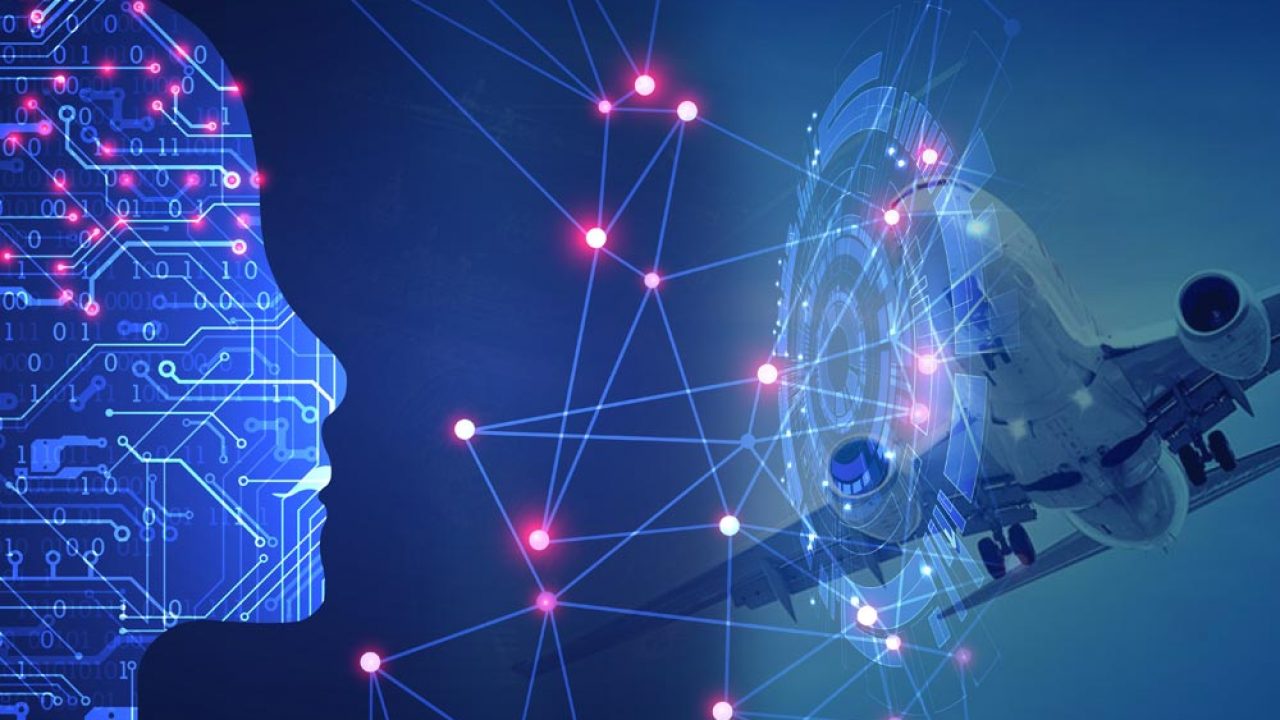In recent years, AI in navigation and guidance systems has become a pivotal force driving advancements across various industries, particularly in aerospace. The integration of AI technologies into navigation and guidance systems is not only enhancing accuracy and efficiency but also transforming the way we explore and manage airspace. This article delves into how AI is reshaping navigation and guidance systems, offering insights into its applications, benefits, and future potential.

The Role of AI in Modern Navigation
At the core of modern navigation systems, AI algorithms play a crucial role. They process vast amounts of data to provide real-time guidance, ensuring precise route planning and execution. These systems are equipped to handle complex variables, such as weather conditions and air traffic, allowing for seamless adjustments during flight. This level of sophistication is particularly beneficial in aerospace, where precision is paramount.
Enhancing Safety and Efficiency
One of the primary advantages of AI-powered navigation systems is their ability to enhance safety and efficiency. By leveraging machine learning and predictive analytics, these systems can foresee potential hazards and suggest optimal routes, minimizing risks associated with human error. The integration of AI into navigation systems is a significant step towards creating a safer airspace.
Real-Time Traffic Management
AI-driven systems are also instrumental in real-time traffic management. By analyzing data from multiple sources, they can predict congestion and suggest alternative routes, ensuring smooth and efficient airspace management. This capability is crucial in busy air traffic environments, where timely decision-making is essential.
Guidance Systems: A New Era with AI
Guidance systems have undergone a significant transformation with the incorporation of AI. These systems are designed to assist pilots and automated systems in maintaining the correct trajectory and speed. With AI, guidance systems can adapt to dynamic environments, offering real-time feedback and adjustments.
Adaptive Flight Control
AI enables adaptive flight control, allowing aircraft to respond to environmental changes and unforeseen circumstances effectively. This adaptability is crucial for maintaining stability and performance, even in challenging conditions.
Reducing Pilot Workload
By automating routine tasks and providing intelligent assistance, AI reduces the workload on pilots. This shift allows pilots to focus on critical decision-making processes, ultimately enhancing flight safety and efficiency.
The Future of AI in Navigation and Guidance
The future of AI in navigation and guidance systems is promising, with ongoing research and development paving the way for even more sophisticated solutions. As technology advances, we can expect further integration of AI in areas such as autonomous flight and advanced traffic management.
Autonomous Flight
The concept of autonomous flight is gaining traction, with AI playing a central role in its development. By leveraging advanced algorithms and machine learning, autonomous systems can navigate complex environments without human intervention, offering exciting possibilities for the future of aviation.
Advanced Traffic Management
AI is set to revolutionize traffic management by introducing predictive analytics and real-time data processing. These advancements will enable more efficient use of airspace and reduce congestion, benefiting both commercial and military aviation.
Challenges and Considerations
While the integration of AI in navigation and guidance systems presents numerous benefits, it also poses challenges. Ensuring the reliability and security of these systems is paramount, as any failures could have serious consequences. Additionally, the ethical implications of relying on AI for critical decision-making processes must be carefully considered.
Ensuring Reliability and Security
Developers must prioritize the reliability and security of AI-powered systems. Rigorous testing and validation are essential to ensure that these systems perform as expected under various conditions.
Ethical Implications
The ethical implications of AI in navigation and guidance systems cannot be overlooked. As these systems take on more decision-making responsibilities, it is crucial to ensure that they align with ethical standards and prioritize human safety.
Conclusion: The Impact of AI on Aerospace
In conclusion, AI in navigation and guidance systems is revolutionizing aerospace by enhancing safety, efficiency, and adaptability. As technology continues to advance, the potential for AI to transform navigation and guidance systems is immense, promising a future of safer and more efficient air travel.

FAQ Section
How does AI improve navigation accuracy?
AI enhances navigation accuracy by processing vast amounts of data in real-time, allowing for precise route planning and adjustments based on environmental conditions.
What role does AI play in traffic management?
AI plays a crucial role in traffic management by predicting congestion, suggesting alternative routes, and ensuring efficient use of airspace.
Are there challenges to integrating AI in guidance systems?
Yes, challenges include ensuring system reliability, security, and addressing ethical considerations associated with AI-driven decision-making.
For more information on the role of AI in aerospace, visit Machine Learning in Flight and Aerospace Component Inspection. Additionally, explore external resources on Airbus AI Innovation.

